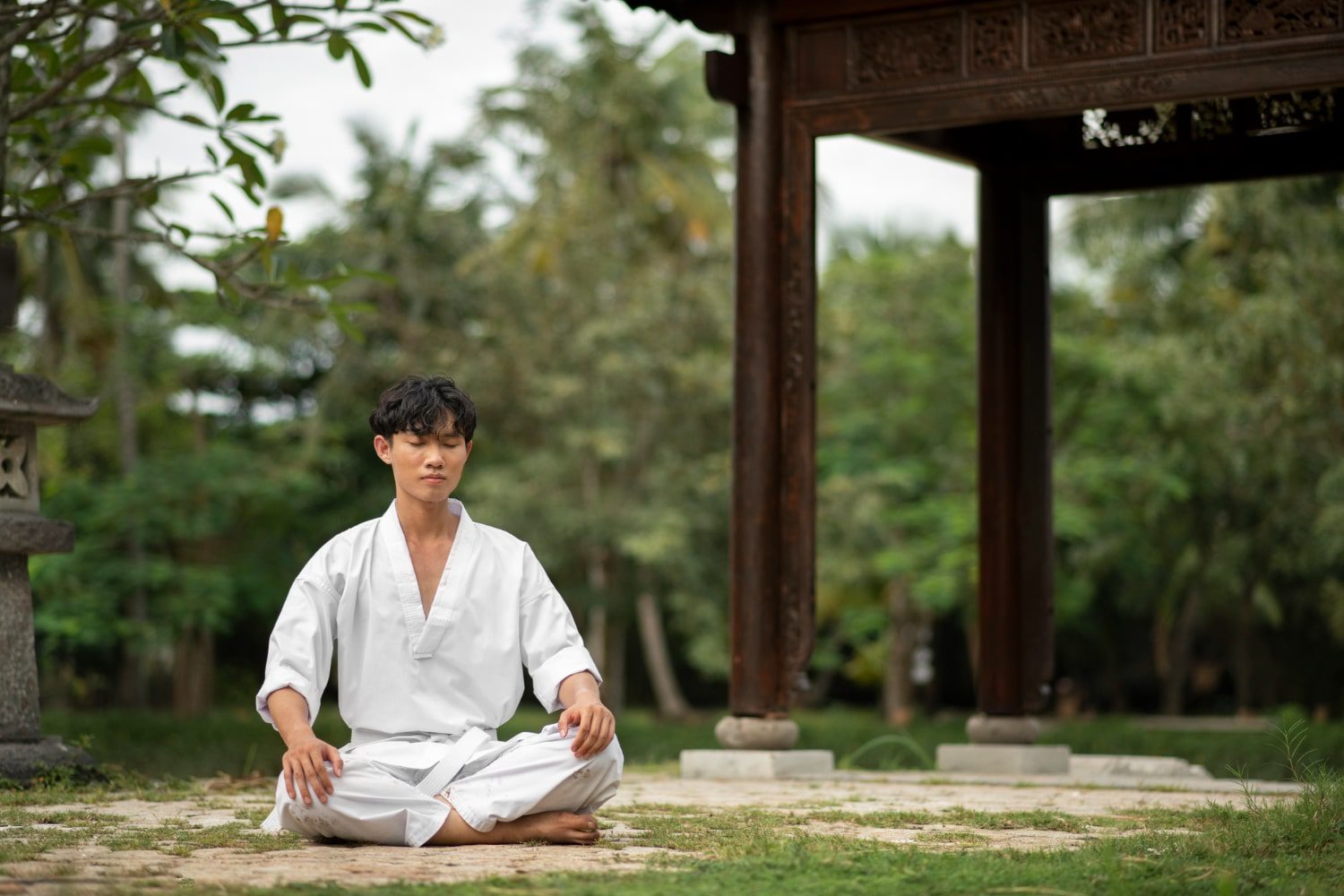Table of Contents Show
✍️ AI is summarizing:
In today’s fast-paced world, staying present can feel like a challenge. We often get lost in our thoughts, distracted by technology, or overwhelmed by emotions. The 50-50 mindfulness practice offers a simple yet transformative way to bring balance into our lives. By splitting our attention equally between our physical sensations and our present experiences, we cultivate mindfulness, deepen our connections, and enhance our overall well-being.
Related post:
- Mindfulness in Nature: Discovering the Connection and Incredible Benefits
- Mindfulness: Live Fully in the Present Moment
- Travel for Personal Development: How Exploring the World Transforms You
Understanding the 50-50 mindfulness practice

In our fast-paced world, it’s easy to get caught up in the whirlwind of daily life, often neglecting the importance of being present in both our bodies and our interactions. The 50-50 mindfulness practice offers a simple yet profound way to cultivate mindfulness, allowing us to balance our awareness between our physical sensations and the people we engage with. This practice is not just a technique; it’s a gentle reminder to stay grounded and connected, enriching our relationships and enhancing our overall well-being.
How the 50-50 mindfulness practice works in everyday moments

At its core, the 50-50 mindfulness practice encourages us to allocate equal attention to our bodies and whatever we are doing at the moment. Imagine having a conversation with a friend during a scenic hike. Instead of being solely focused on their words, you can also tune into the sensations in your body—perhaps the feeling of the earth beneath your feet or the gentle breeze against your skin. This dual awareness helps anchor you in the present, fostering a sense of stability and openness in your interactions.
A real-life mindfulness practice: Sophia’s story

Consider the story of Sophia, who recently used this mindfulness practice during a heartfelt phone call. When she called a friend to apologize for a thoughtless comment, she felt a wave of nervousness wash over her. Instead of getting lost in her anxiety, Sophia anchored herself by focusing on her feet and taking a moment to stretch.
As she spoke, she consciously balanced her attention between her feelings and the warmth of her friend’s presence. This practice not only helped her express her apology but deepened the bond between them. By being aware of both her body and her friend’s reactions, Sophia was able to navigate the conversation with love and sincerity.
Ways to integrate the 50-50 mindfulness practice into daily life

The beauty of the 50-50 mindfulness practice lies in its flexibility. You can incorporate it into various aspects of your life, whether you’re engaging in a casual chat, transitioning between tasks, or even enjoying an outdoor activity like kayaking or biking. For example, while paddling on a serene lake, take a moment to check in with your body. What sensations are you experiencing as you glide through the water? This awareness can shift your perspective and enhance your interactions, helping you connect more authentically with others.
It’s important to remember that this mindfulness practice doesn’t require perfection. There will be times when you lose track of your intention or feel overwhelmed. That’s completely normal! The key is to gently acknowledge these moments and return your focus to your body. This process of learning to recognize when you’ve drifted away from your practice is itself an essential part of mindfulness. Your body is always there to guide you back, waiting patiently for you to return.
Ultimately, the 50-50 practice invites us to cultivate a deeper connection with ourselves and those around us. By maintaining this balance of awareness, we can foster more meaningful relationships, enhance our emotional resilience, and navigate life’s challenges with grace. So, why not give it a try? The next time you find yourself in a conversation or enjoying an outdoor adventure, remember to split your attention—half to your body and half to the experience at hand. You might just discover a new sense of presence and connection that enriches your life in unexpected ways.
Conclusion
The beauty of the 50-50 mindfulness practice lies in its simplicity and adaptability. Whether you’re in a conversation, enjoying outdoor activities, or pausing for a moment of self-reflection, this practice helps you stay grounded, present, and emotionally connected.
By gently guiding your attention back to the present, you strengthen emotional resilience and nurture deeper, more meaningful relationships. Why not begin today? Even a small shift in awareness through this mindfulness practice can spark a powerful transformation in how you experience life. Don’t miss out on the conversation! Join our growing community of explorers on Facebook and share your own travel stories.












